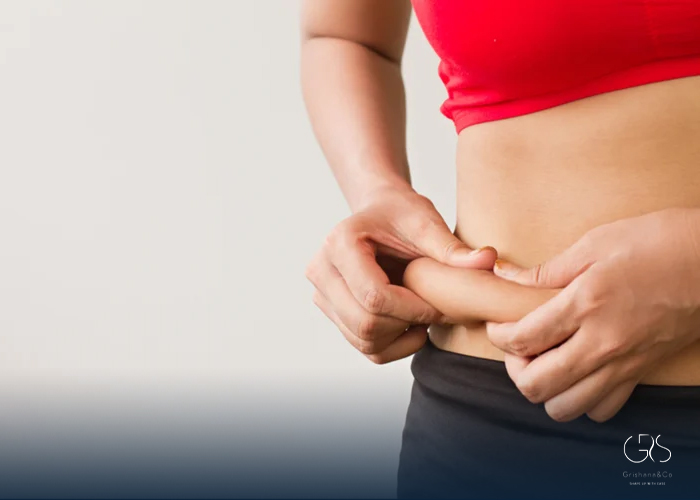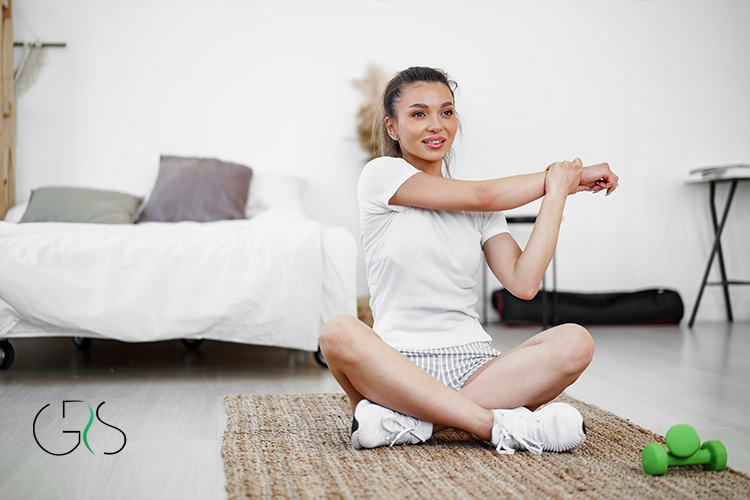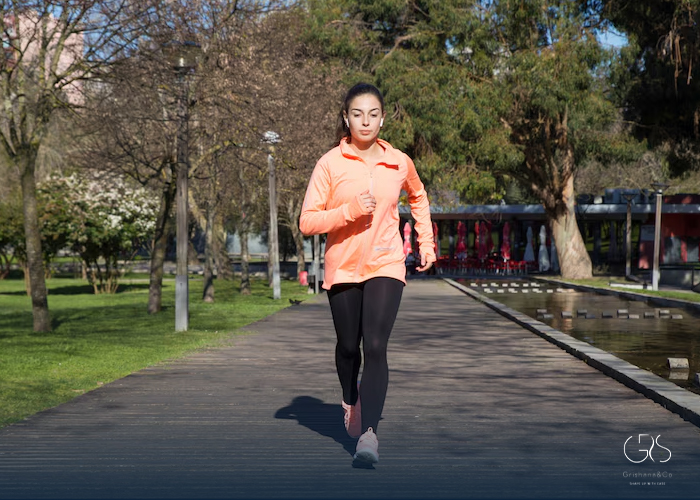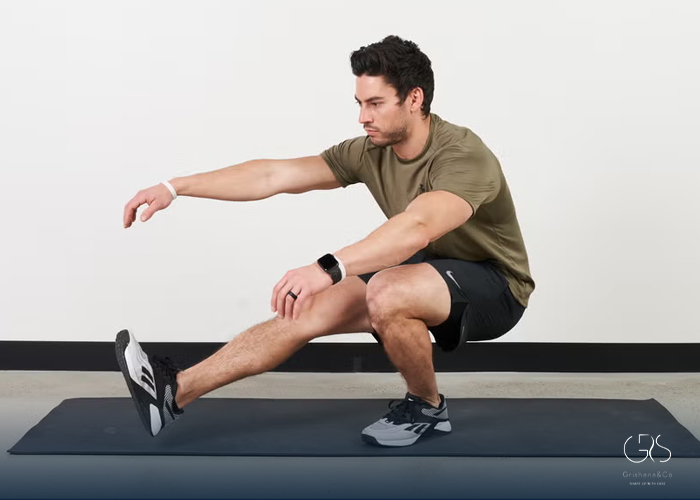Love handles, also known as muffin tops, are the pockets of excess fat that sit on the sides of the waist and are often a source of frustration for many individuals. While they can be a stubborn area to target, there are steps that can be taken to reduce their appearance and promote a healthier, more toned physique. In this article, we will discuss what love handles are, what causes them, related conditions, best core exercises, lifestyle tips, and relevant statistics to provide a comprehensive guide to reducing love handles.
What Are Love Handles?
Love handles refer to the excess fat that accumulates around the sides and backs of the waistline, creating a noticeable bulge. They are a common trouble spot for many people and can be difficult to address through traditional diet and exercise.
What Causes Love Handles?
The main causes of love handles are excessive calorie consumption, lack of physical activity, genetics, and hormonal changes. When the body takes in more calories than it uses, the excess is stored as fat, often in the abdomen and waist area, leading to the development of love handles.
Related Conditions
Having love handles can also increase the risk of related health conditions such as type 2 diabetes, high blood pressure, and cardiovascular disease. Therefore, it is essential to address this issue not only for cosmetic reasons, but also for overall health.
Best Core Exercises
Research has found that some of the best core exercises that target the external obliques, where love handles form, include:
Wood Choppers
- Stand with your feet shoulder-width apart, holding a dumbbell or medicine ball with both hands overhead.
- Lower the weight diagonally across your body towards your opposite hip.
- Return to the starting position and repeat on the other side.

Seated Trunk Rotations
- Sit on the floor with your knees bent and feet flat on the ground.
- Hold a weight or medicine ball and rotate your torso from side to side, keeping your back straight.

Side Plank Hip Lifts
- Get into a side plank position, with your body in a straight line and your elbow directly below your shoulder.
- Lower and raise your hips, engaging your oblique muscles.
(Read more about plank exercises)

Bicycle Crunches
- Lie on your back, with your hands behind your head and knees at a 90-degree angle.
- Bring your left elbow towards your right knee while simultaneously straightening your left leg.
- Alternate to the other side, creating a pedaling motion.
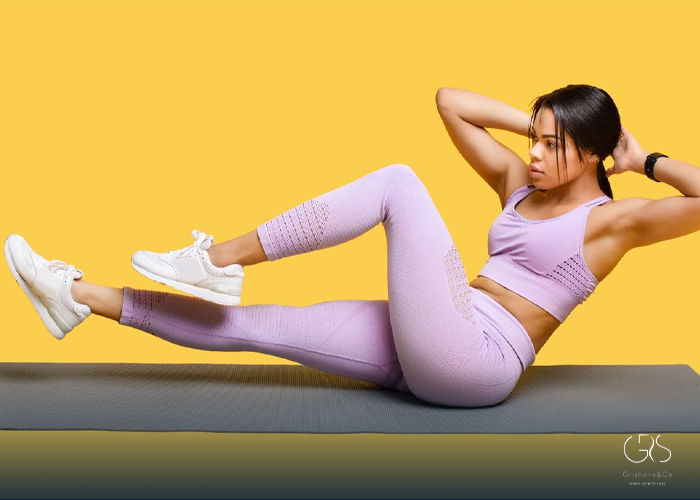
Lifestyle Tips
In addition to core exercises, it is important to adopt a healthy lifestyle to reduce love handles. Some tips include:
Healthy Eating
- Focus on consuming a balanced diet of lean proteins, whole grains, fruits, and vegetables.
- Limit intake of processed foods, sugary drinks, and high-calorie snacks.
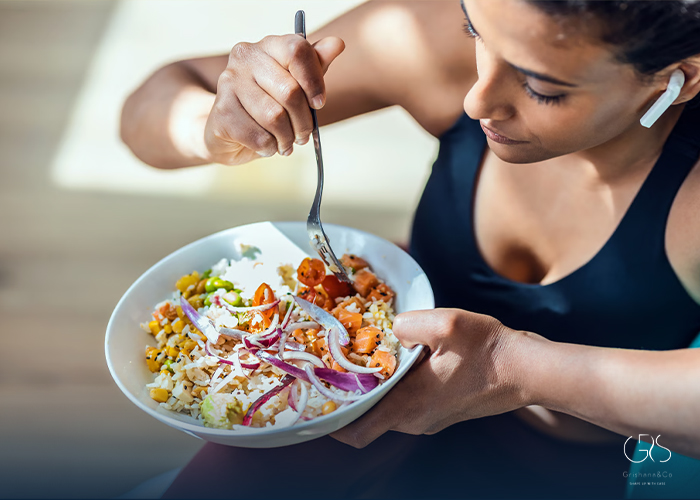
Regular Exercise
- Incorporate cardio workouts and strength training into your routine to burn off excess fat and build muscle.
Adequate Sleep
- Aim for 7-9 hours of sleep per night to regulate hormones and reduce stress.
Relevant Statistics
According to the Centers for Disease Control and Prevention (CDC), in the United States, 42.4% of adults were classified as obese in 2017-2018, highlighting the prevalence of weight-related issues. Moreover, a study published in the International Journal of Obesity found that abdominal fat, including love handles, is strongly associated with an increased risk of metabolic and cardiovascular diseases.
Conclusion
Reducing love handles involves a combination of targeted core exercises, a healthy diet, regular physical activity, and lifestyle changes. By following these steps, individuals can work towards toning their midsection and reducing the health risks associated with excess abdominal fat.
Sources
- CDC, Adult Obesity Facts
- International Journal of Obesity, In vivo effects of corticotropin-releasing hormone on femoral adipose tissue metabolism in women


